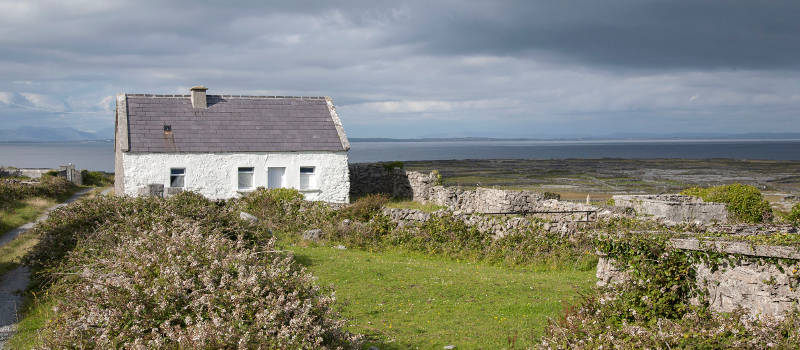Modern design planning dilemma

Recently, we were approached by clients wishing to modernise their traditional 1930’s style cottage with large, front-facing windows and floor-to-ceiling glazing, thus creating a flow of natural light to their previously dark hallway and living areas.
The clients expressed concern about Planning, due to the scale and position of the windows facing onto the road. It was their reaction that prompted us to explain a little more about modern architecture and Planning policy.
Architects and clients often see the Planning Department as a hurdle to their design aspirations, a barrier through which they must negotiate access rather than a quality check on poor design. However, the Department clearly states in its guiding principles that “good design should be the aim of all those involved in the development process and will be encouraged everywhere… design policies and guidance will focus on encouraging good design and avoid stifling responsible innovation, originality or innovation.”
The Planning Department commitment to high quality design, whether traditional or modern, is reinforced in the addendum to Planning Policy Statement 7 dealing with extensions to existing dwellings: “The overall aim is to encourage high quality design solutions, irrespective of whether the approach followed seeks to mirror the style of the existing property or adopts a contemporary modern design approach.”
Even the much published Planning Policy Statement 21 dealing with development in the countryside acknowledges “…that there will also be opportunities for contemporary or innovative design which results in the provision of high quality more environmentally friendly buildings…”
In our professional opinion it is unfair to suggest that the Planning Department is against modern designs, just as it would be inaccurate to think they only support buildings of a traditional appearance. The Planning Service has clearly indicated that they will support both modern and traditional architectural styles assuming that it is of good design.
It is the responsibility of architects to produce higher quality modern designs, designs which acknowledge not just the time in which we live but also the locality. Producing modern Northern Irish architecture, by recognising the quality in our vernacular buildings and local building traditions, should not be a restriction to local architects but a challenge they are eager to accept.








